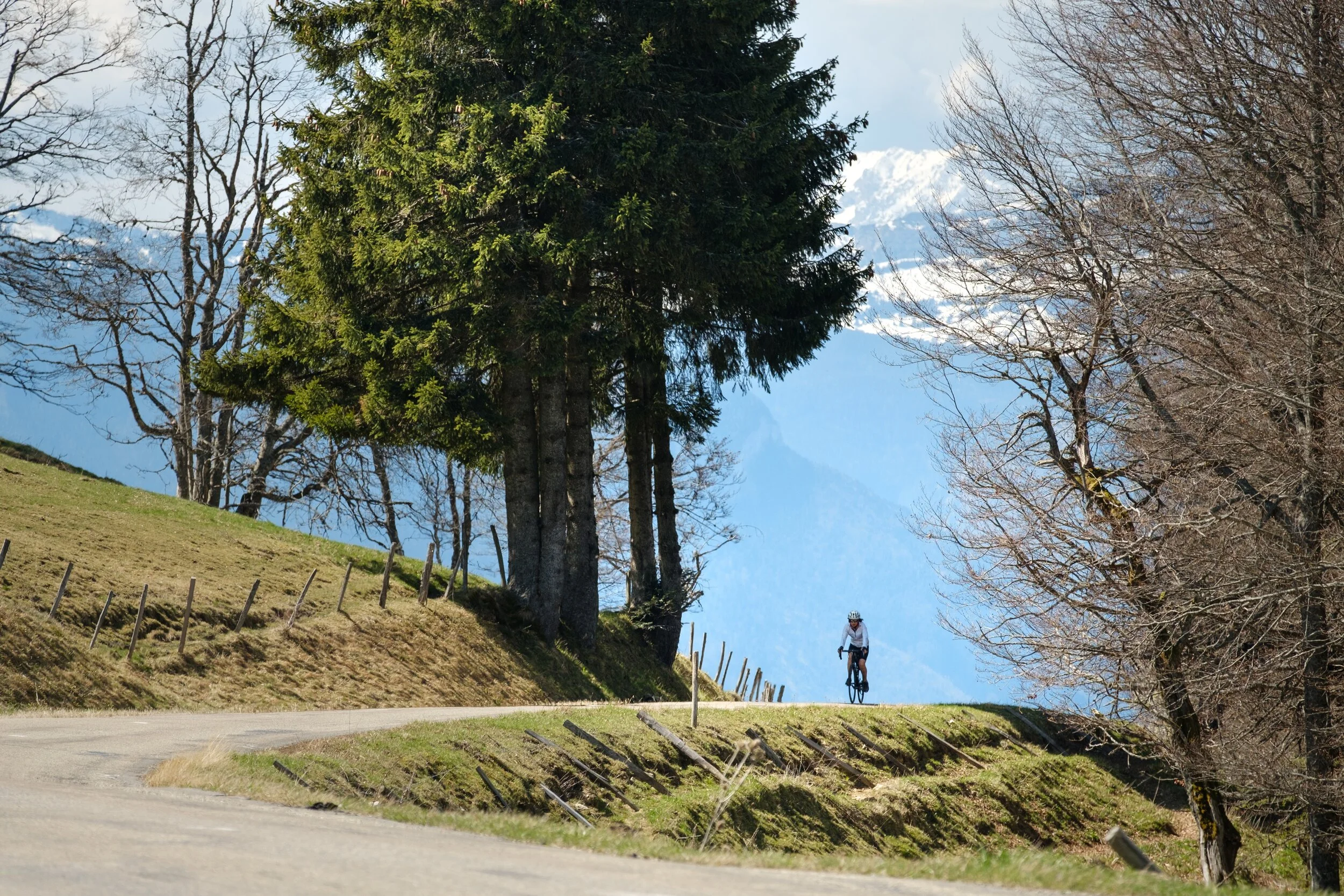Two Make-or-Break Nutrition Strategies You Can Start Training for Right Now
When you sign up for an event or set a goal to do a bucket-list ride, the first thing you dive into is the training, right? You’re training your muscular system and your cardiovascular system to withstand the effort you need to put in to accomplish your goal.
But, let me ask you this...what about training your gut, your digestive system and your nutrition strategy? The food you eat (or don’t eat) can just as easily make or break your event as your training (or lack of).
With that, I want to help ensure that you’re set up with a tried and tested nutrition strategy come event day! Here are 2 of the most important nutrition-related strategies that you can incorporate into your training rides, starting today!
1. Hydration: research shows that losing just 2-3% of your body weight during any effort can negatively impact your performance. So, what you need to do is make sure that you’re drinking enough fluids and electrolytes to replace what you lose in your sweat and prevent this weight loss from happening.
Fortunately, you can test this really easily on your own by doing an at-home sweat test. All you have to do is weigh yourself before and after your training session (make sure you’re wearing minimal clothing/not your entire kit both times) and if you’ve lost more than 2% of your body weight, drink more next time. For every pound of weight lost, drink 14-16 ounces more during your effort.
2. For any workout lasting more than 60-90 minutes, replace 40-50% of the calories you burn per hour with food. This strategy will set you up to be adequately fueled during your event and it will ensure you don’t bonk or, worse, have to drop out.
Just like training your cardiovascular system, you can also train your digestive system to tolerate food as fuel. If you’re not sure how many calories you burn per hour, start with eating 100 calories per hour and build from there. Then, try 150-200 the next time you have a long ride. Build up to 250-300 calories/hour and see how you feel. Experiment with different types of carbohydrates and carbohydrate combinations (hint: eat savory foods too!). The more you can nail down a strategy for fueling beforehand, the better you’ll feel come event day!
//
To learn more about why electrolytes matter for hydration and what types of foods are the best for various intensities of exercise, join me for my next free online workshop on Tuesday, April 28th!
Get on the waitlist here: free workshop waitlist

